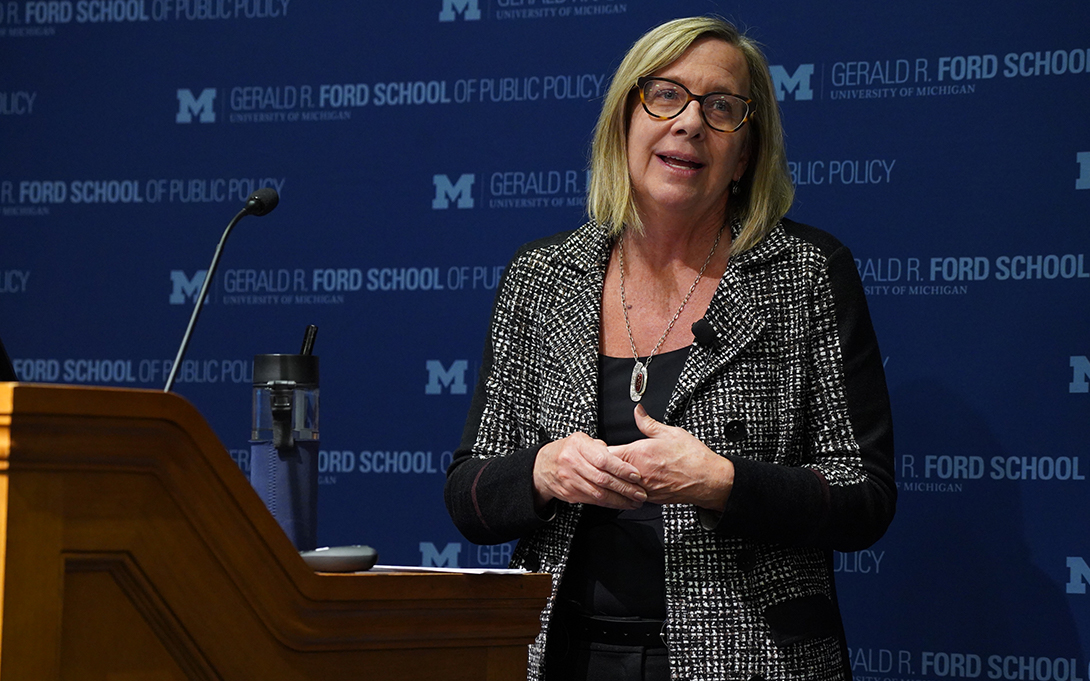
When new waves of the current COVID-19 pandemic emerge, or another novel pandemic emerges, how can the United States be better prepared and also ensure a rapid response that reduces rather than exacerbates social and health inequities?
In a recent article published in the Journal of Health Politics, Policy, and Law, Paula Lantz and her co-authors address these critical questions.
Emerging research has shown that the incidence of severe disease and mortality from COVID-19 appears much greater in Black and other racial/ethnic minority populations, within homeless and incarcerated populations, and in lower-income populations in general. Much of the conversation has focused on the individual-level factors, such as obesity or diabetes, that may contribute to these inequities.
Lantz and her colleagues suggest that as new or revised pandemic preparedness measures are developed at the federal, regional, state and local levels, they should “appreciate that more proximate causes [of health inequities] — higher rates of serious medical conditions, living in crowded housing, inability to work from home, and so on— are themselves a result of social inequalities produced by social systems reinforced through public policy.”
As such, they recommend pathways and specific actions that put equity at the forefront, are data-driven and utilize community knowledge and expertise to implement.
Rapid response activities reduce the immediate burden on individuals so they can survive the epidemic: a home in which to shelter, running water, affordable and trusted health care. Adjusting how crisis resources are deployed by public health, government, and health systems—by using trusted community organizations to communicate health risk, using evidence and community-level data to inform actions, and much more— can ensure the health and well-being for all.
Importantly, Lantz and her colleagues also suggest adjusting upstream and midstream policies “to specifically and intentionally ensure a more equitable distribution of health-promoting resources in preparedness efforts improve population health in general and mitigate the impact of social determinants of health during a pandemic crisis.” They also recommend “plans identify the key ways in which policy, community, and institutional-level factors could create differences in the ability of people of different socioeconomic positions or sociodemographic groups to prevent exposure or avoid severe morbidity or mortality from an infectious agent.”
Specific recommended actions are included in Equitable Pandemic Preparedness and Rapid Response.
Philip M. Alberti; Paula M. Lantz; Consuelo H. Wilkins. 2020. “Equitable Pandemic Preparedness and Rapid Response: Lessons from COVID-19 for Pandemic Health Equity” Journal of Health Politics, Policy and Law. 45 (6): 921–935.
